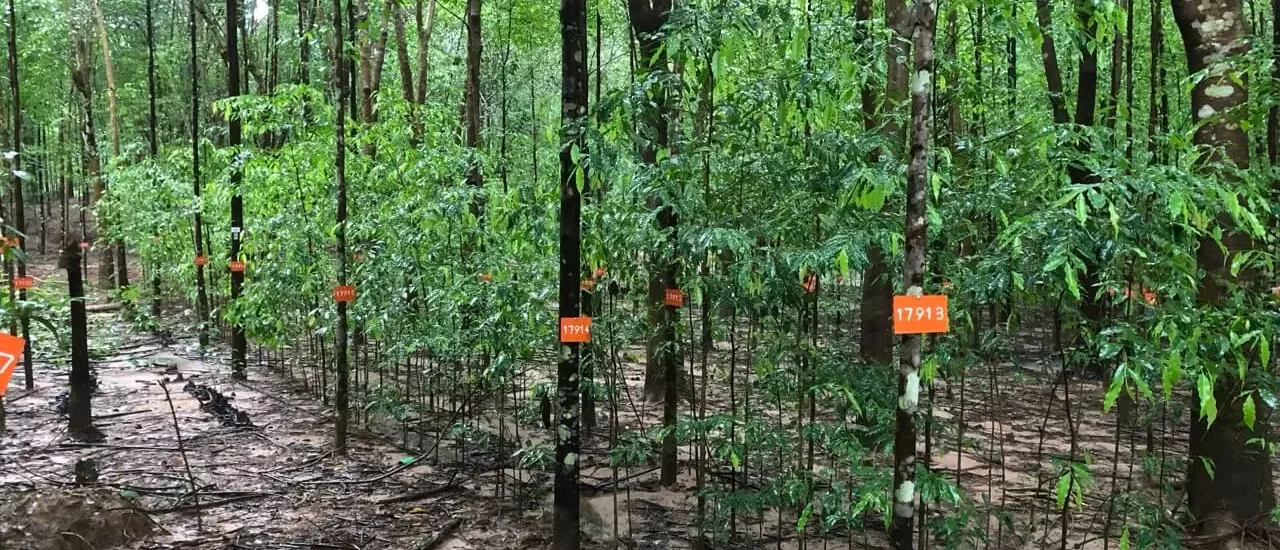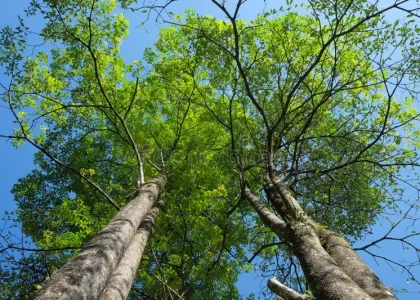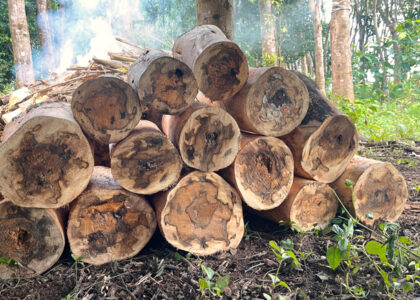Agarwood, derived from Aquilaria trees, is highly valued for its fragrant resin, which is used in various applications ranging from perfumery to traditional medicine. The production of this resin is a complex process that can take years, but recent advances in inoculation techniques are promising to expedite resin formation and improve yields. This article delves into the science behind agarwood inoculation, elucidating its mechanisms and techniques, and exploring how these innovations lead to enhanced resin production.
Understanding Agarwood Inoculation: Mechanisms and Techniques
Agarwood inoculation involves introducing specific stimuli to Aquilaria trees to trigger the formation of resin. This process typically includes the deliberate introduction of pathogens, physical damage, or chemical agents to the tree, which stimulates a defensive response. The tree, in an effort to protect itself, begins to produce resin in response to the perceived threat. The mechanism of resin formation is primarily a reaction to stress, where the tree’s metabolic processes shift to prioritize resin synthesis over other functions.
Techniques for agarwood inoculation can vary widely, ranging from traditional methods used by local cultivators to advanced scientific approaches. Some common techniques include the artificial inoculation of fungi or bacteria that are known to induce resin production. Additionally, physical methods such as drilling or incising the bark can be employed to create wounds that elicit a resin response. Each of these techniques exploits the tree’s natural defense mechanisms, ensuring that the production of agarwood resin can be optimized for both speed and quantity.
Research into the genetic and biochemical pathways involved in resin synthesis has also provided insights that inform inoculation techniques. Understanding the role of specific enzymes and metabolites in resin production allows for a more targeted approach to inoculation. By identifying the most effective strains of fungi or specific methods of physical intervention, it becomes possible to enhance the efficacy of inoculation techniques, leading to faster resin formation and better overall outcomes for cultivators.
Enhancing Resin Production: Yield Improvements Explained
The enhancements in agarwood resin production through inoculation techniques can be significant. Studies have shown that properly executed inoculation can lead to a substantial increase in both the quantity and quality of resin produced. For instance, when certain fungal species are introduced, they not only promote faster resin synthesis but also improve the aromatic profile of the resulting agarwood. This is particularly valuable for the market, where quality is paramount alongside availability.
Yield improvements are also linked to the timing and method of inoculation. Inoculating during specific growth phases of the tree can result in a more pronounced resin response. Furthermore, combining multiple inoculation techniques—such as physical wounding alongside microbial introduction—can create a synergistic effect, amplifying resin production beyond what could be achieved through a single method alone. These innovations have transformed agarwood cultivation from a lengthy and uncertain process into a more predictable and economically viable endeavor.
In addition to immediate yield improvements, the adoption of scientific approaches to agarwood inoculation facilitates sustainable practices in the industry. By maximizing resin production from existing trees, there is less pressure on natural forests, which helps in conserving biodiversity and protecting endangered species. The increased focus on sustainable practices is crucial in ensuring that agarwood remains available for future generations, aligning economic interests with environmental stewardship.
In conclusion, the science of agarwood inoculation represents a significant advancement in the cultivation of this valuable resin. By understanding the mechanisms that trigger resin production and employing innovative techniques, cultivators can achieve faster and more robust yields. As the industry continues to evolve, the integration of scientific research with traditional methods holds the promise of sustainable agarwood production, ensuring both ecological balance and economic viability. The future of agarwood cultivation is bright, as these developments pave the way for a more efficient and responsible approach to this prized natural resource.




